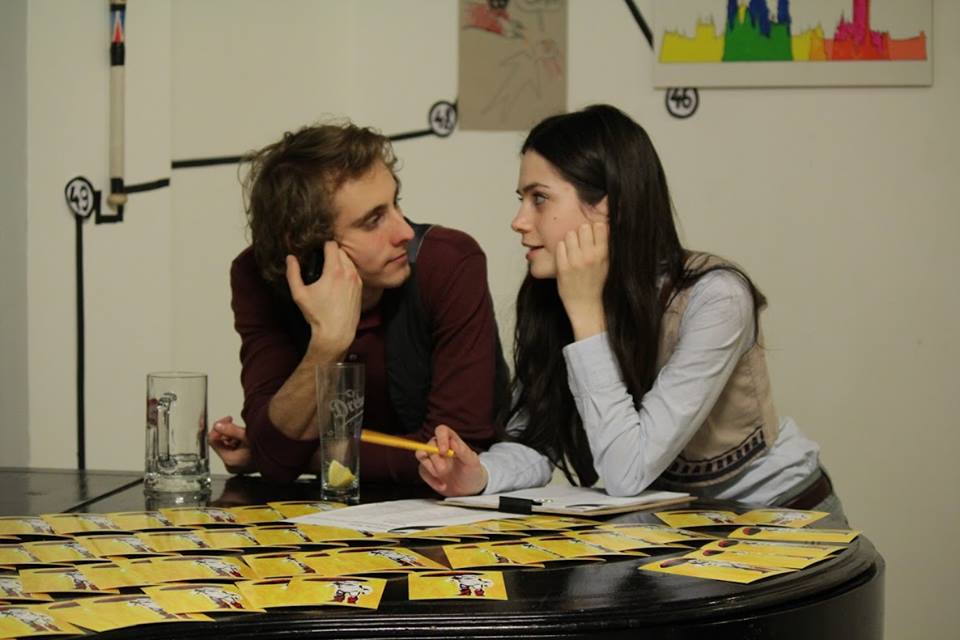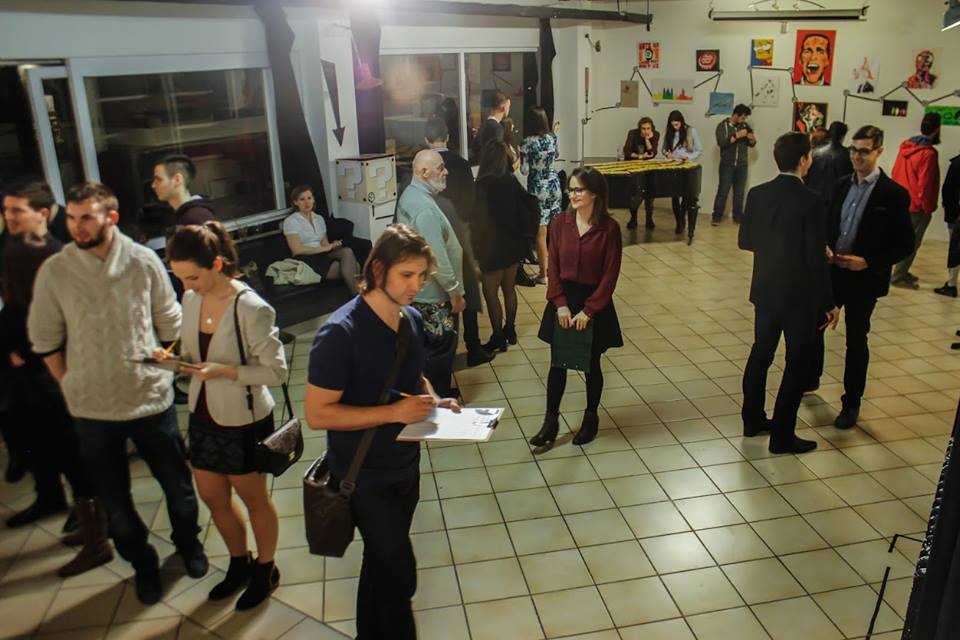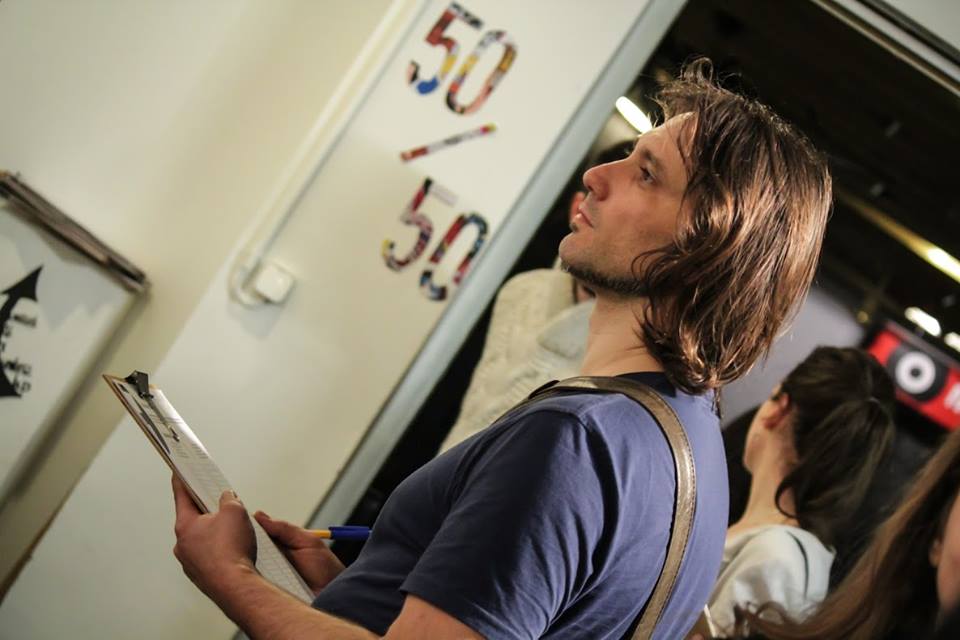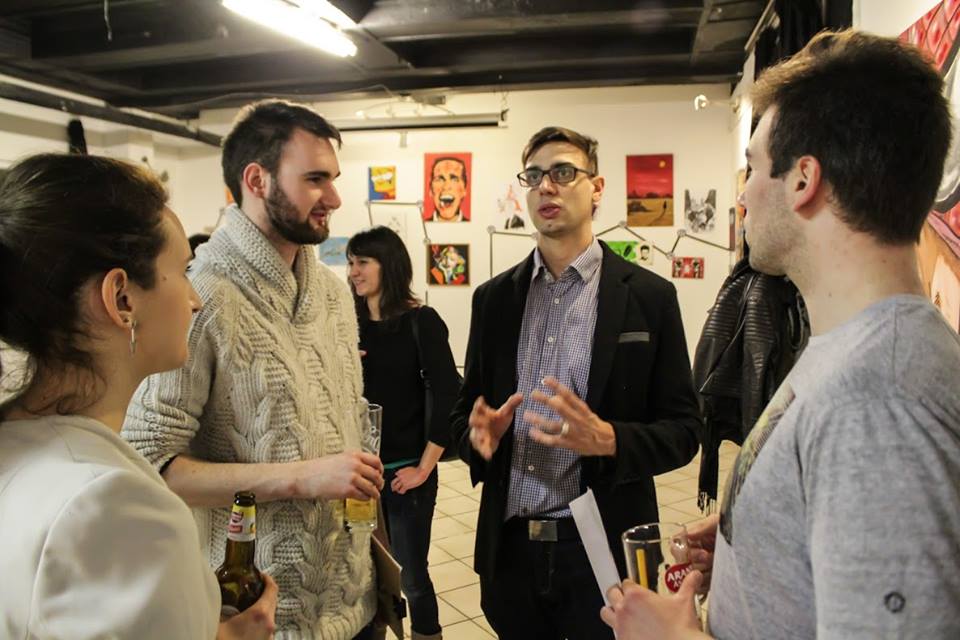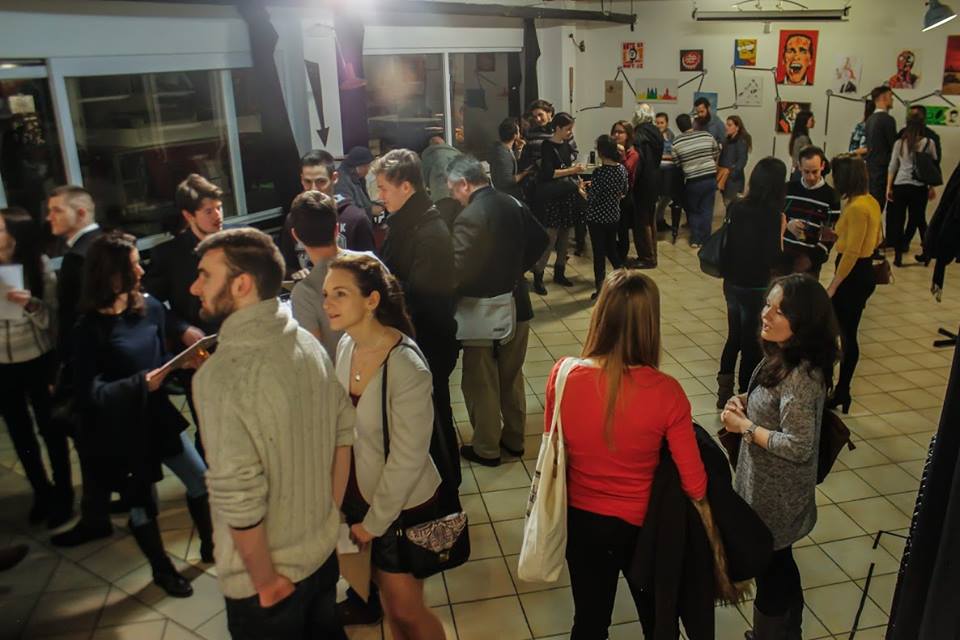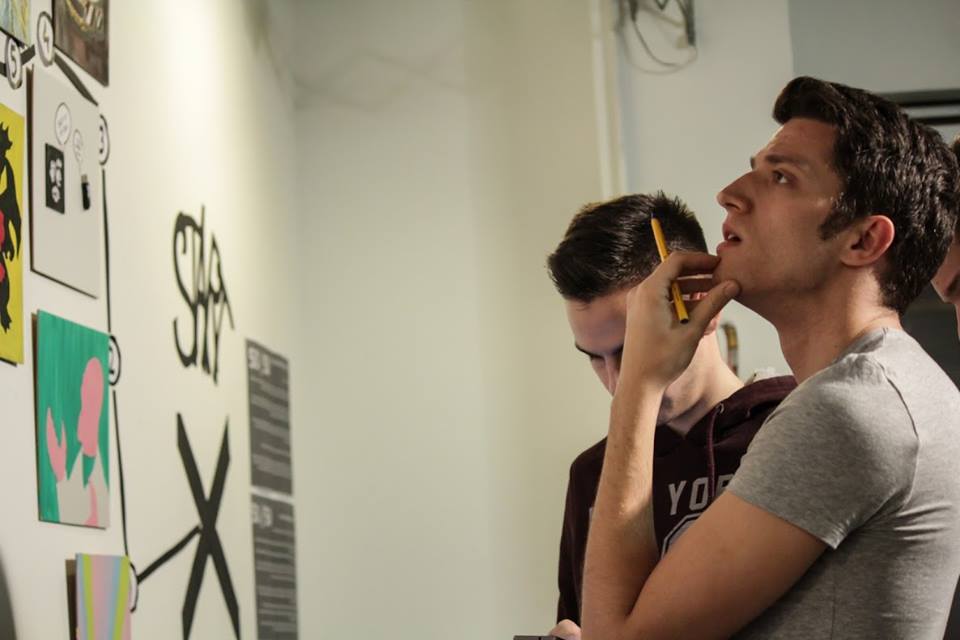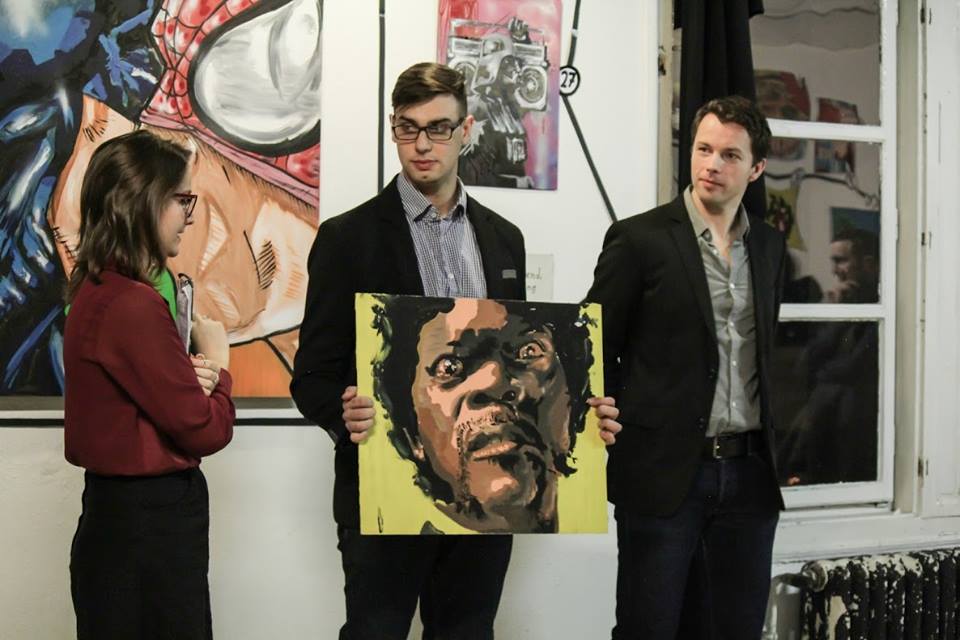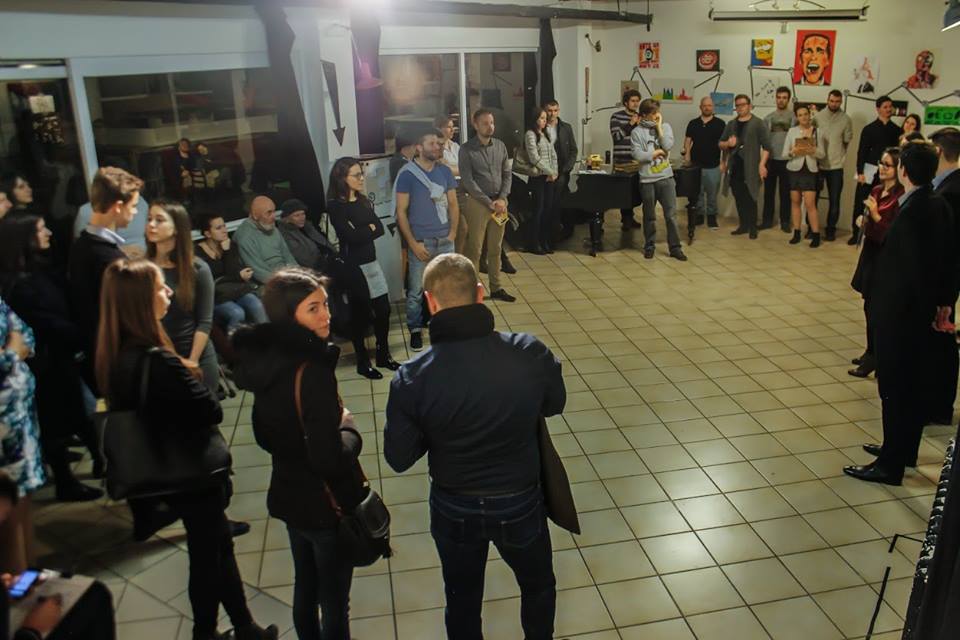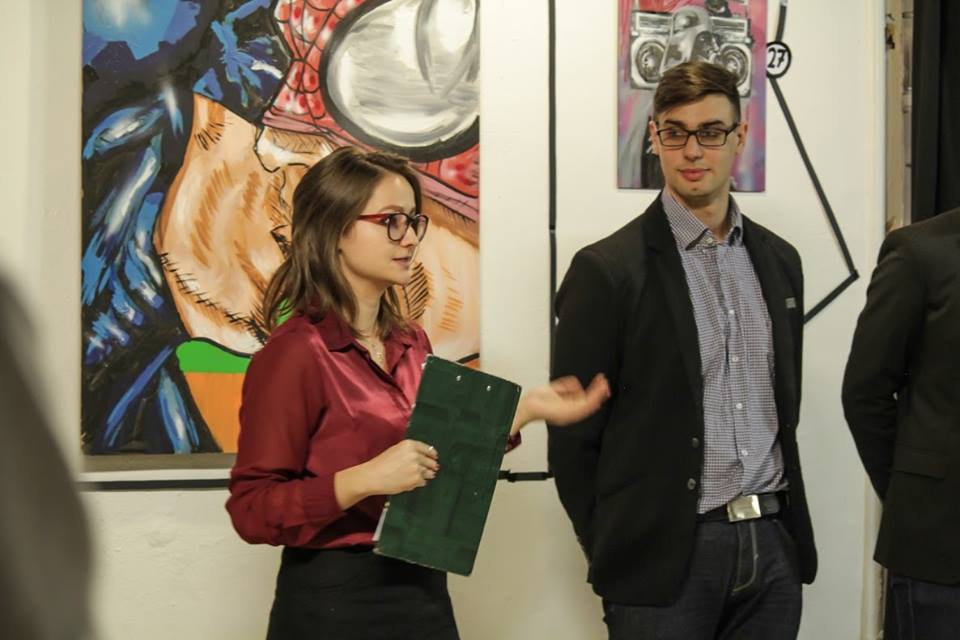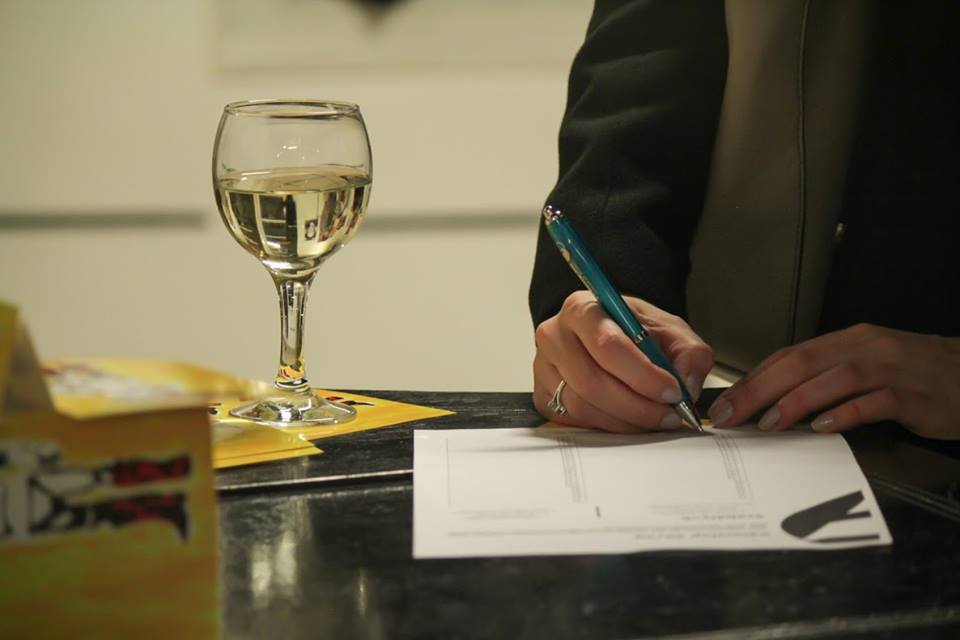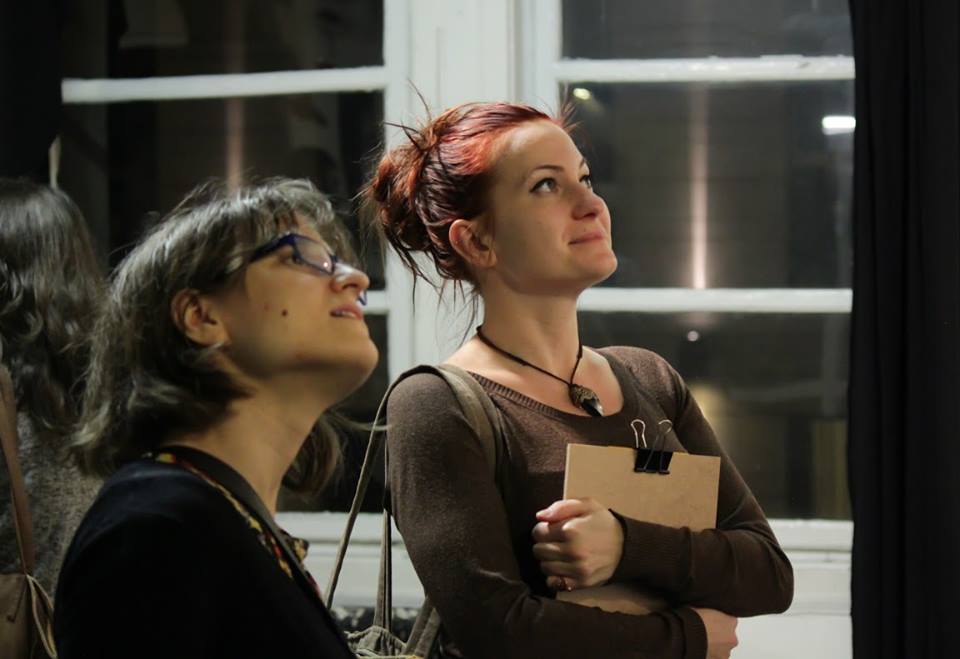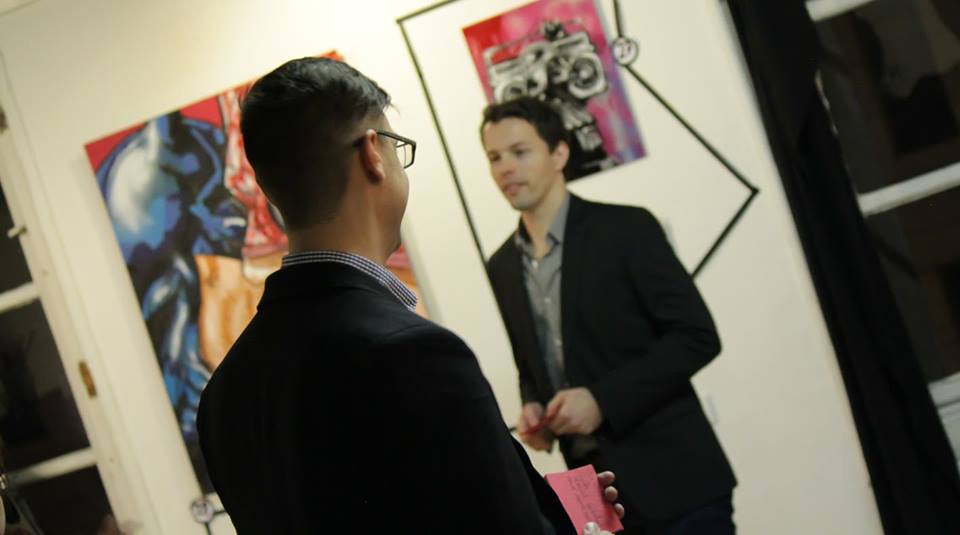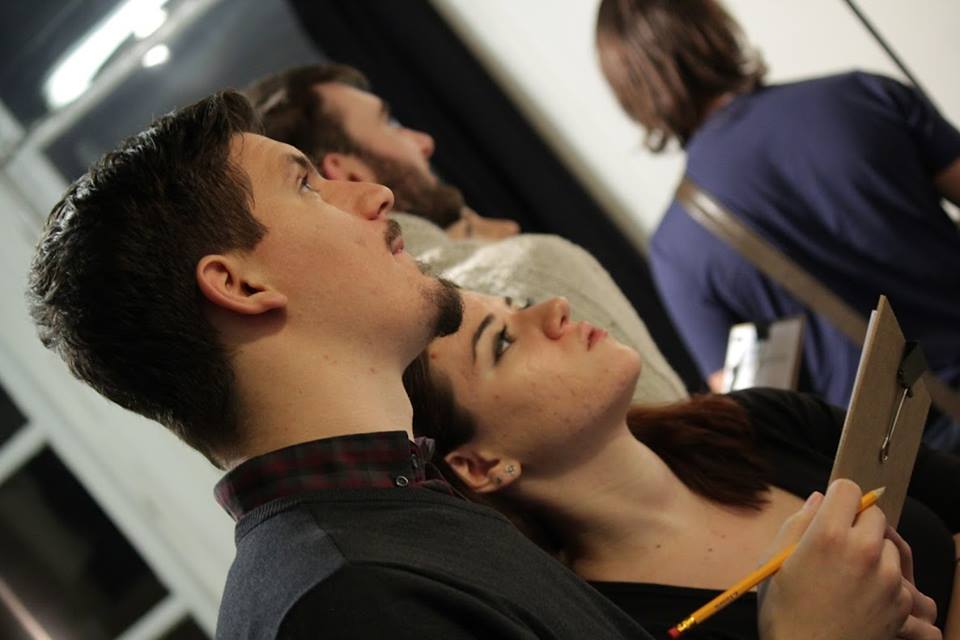50/50 is a traveling interactive Pop Art exhibition, where people can guess 50 pop culture refferences via the 50 displayed artwroks (30*35 paintings of Gyruicza). Everyone get's feedback on theri individual score, the top grossing player wins his favourite artwork, and participants learn about Pop Art while playing.
"The most significant cultural resurrection is upon us. Pop-Art has risen.
Just think about the exhibition Ludwig Goes Pop which is a collection created by Peter and Irene Ludwig, the most recognized cultural kaleidoscope in Hungary. The exhibition LUDWIG GOES POP offers an opportunity to explore this phenomenon and to comprehend Pop Art as an expression of a modern attitude.
Pop art is an art movement that emerged in the mid-1950s in Britain and the late 1950s in the United States. Among the early artists that shaped the pop art movement were Eduardo Paolozzi and Richard Hamilton in Britain, and Robert Rauschenberg and Jasper Johns in the United States. This cultural scope finds inspiration in commercials, movies, comics.
Based on this thematic concept, we proudly present to you 5O / 5O creative exhibition, wich is not a pop-art exhibition per se, more of an interactive, self guided pop-quiz where the visitor becomes an active agent, participoner in the process and will be asked to test their pop culture knowledge.
Who wouldn’t recognize the actor from Quentin Tarantino’s classic, Samuel L. Jackson playing Jules Winnfield:
https://www.youtube.com/watch?v=3EJ-T4EAOEU
Recognized him? Was it easy? And you already have one point! And only 49 to go! Gosh golly gee, how many can you guess from the fifty displayed artworks? You can mark your answers on a questionnaire, and with the end of the exhibition we will converge the answers, and the visitor scoring the highest point from the possible 50 (randomly drawn if its a tie) can pick ANY artwork free of charge!
It’s gonna be rad."
New museology
The last decade has witnessed the progressive emergence of a new academic and museologycal discipline. This emergence maybe linked to the growing economic importance of art and culture in post-modern societies. It has to be underlined that cultural activities are no more limited to traditional art forms, but now include the products of cultural industries and the services of new communication vehicles.
The way we engage with spectators has changed.
According to COLBERT the institutions displaying artworks have to meet visitors nedds in 4 key areas:
1) Cultural: Reflective of a post-modernist society, it views cultural meanings as being displayed for visitor engagement.
2) Experience: The public have become more discerning in the way they consume, and are less afraid to be critical. So getting the visitor experience right is vital. (1)
3) Social Motivatros: When it comes to motivating attendance, data suggest that offerings outside of your visitor-serving organization’s walls often play a greater role than what is inside. One of this factor is to provide a shared experience to visitors on a social level. The highest primary motivator of leisure activity is visiting friends or family (70.4%).
4) Symbolic: suggesting ideas through symbols and emphasized the meaning behind the forms, lines, shapes, and colors. To exemplify the ending of the tradition of representational art coming from Classical times.(2)
The bennefit of 50/50 is that resonates on a deep emotional level with the participant, fullfilling not only Need Nmbr 1. (as traditional Museum concepts) but additionaly also Nmbr 2. Nmbr 3 as well as Nmbr 4.
- (1)Successful Visitor Experience – Getting it Right - Assotioation of Independent Museums (2015)
- (2) Museu ms Social Learning Spaces and Knowledge Producing Processes - Ida Brændholt Lundgaard & Jaco b Thorek Jensen (2013)
“RECOMMENDATION
To Whom It May Concern!
It is a delight to have the opportunity to write this letter of recommendation for the 50/50 interactive pop art exhibition project by Gyuricza Gergely , because the concept is a welcomed change in the way exhibitions engage people, incorporating fundamental elements of gamification.
Gamification is a methodology of using game elements, game mechanics, game dynamics and game thinking in non-gaming environment to engage behaviour, motivate learning or create a joyful context for progression.
I am a Lead researcher at a Research centre dedicated to research and development of gamified systems within learning and work. The way the project motivates Y and Z generation individuals to become active agents in the process is something I have never seen before. It was apparent to me that this unique concept is one emerging from an artist who has passion, drive, genuine love and caring towards what he does.
If I can be of any further assistance to you in your consideration, please do not hesitate to contact me. I can be reached email via damsaandrei@gmail.com.
Sincerely In Service,
Andrei Damsa
GameFulLiving Research Center Nonprofit Ltd.
Lead researcher”


